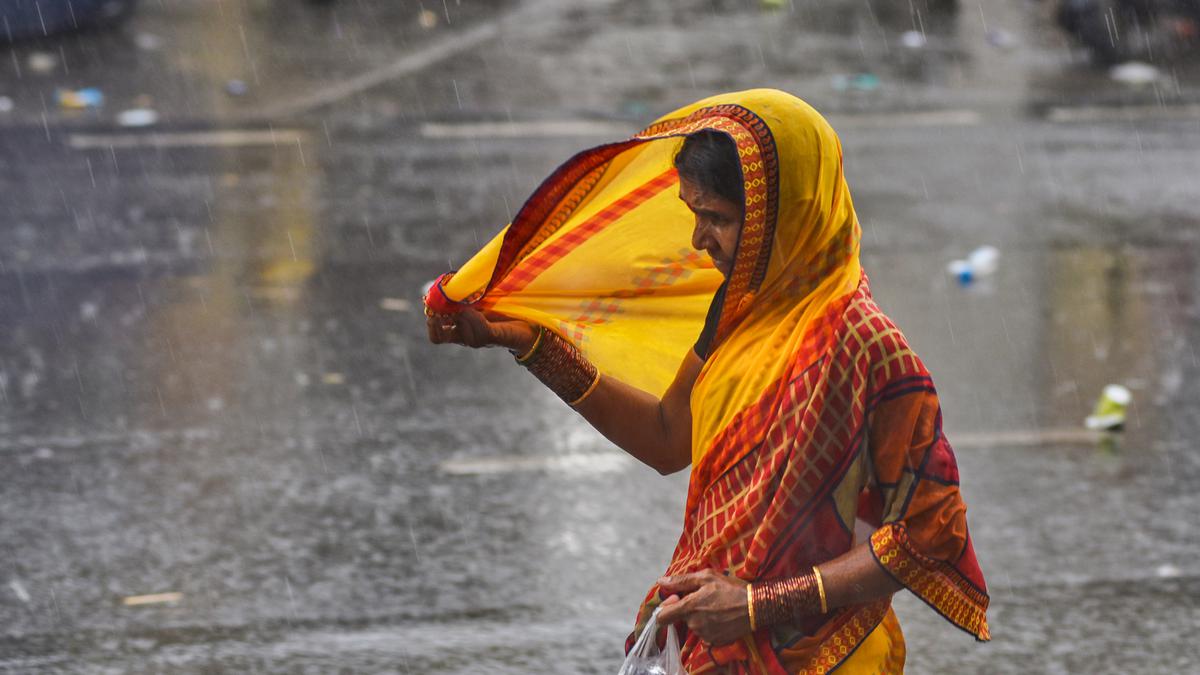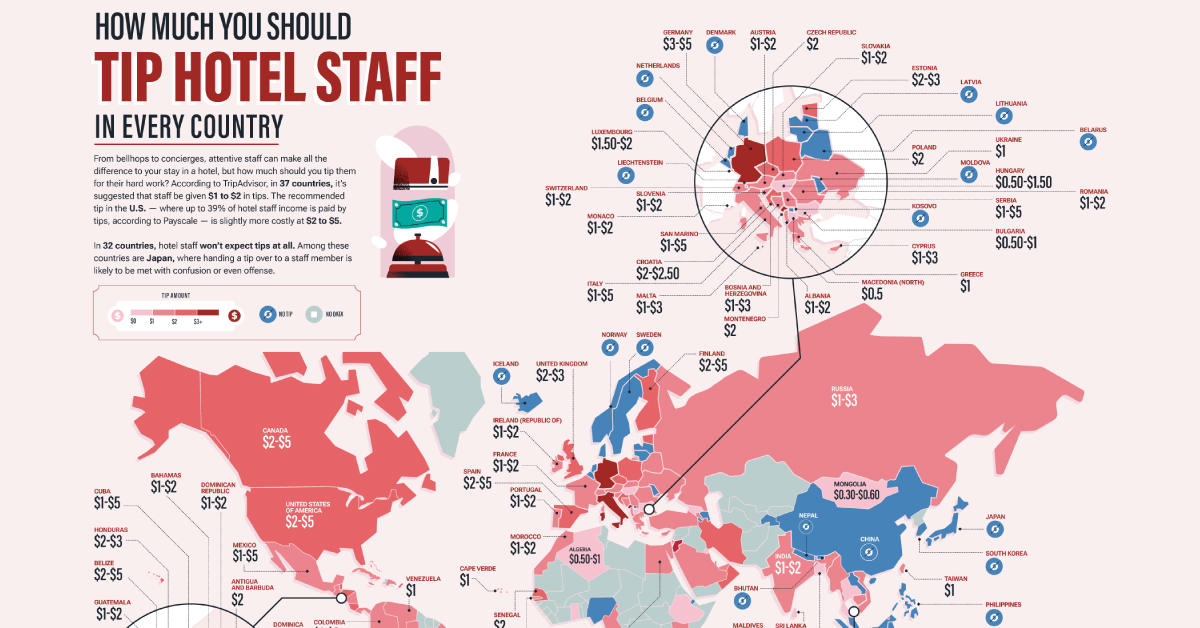- Arvind's Newsletter
- Posts
- Arvind's Newsletter
Arvind's Newsletter
Issue No #715
Monsoon forecasts are what most of us look out for every year in April. It is therefore a relief that Indian Meteorological Department is projecting the fourth straight year of normal monsoon. Quantitatively, the southwest monsoon seasonal rainfall between June and September over the country as a whole is likely to be 96% of the long-period average (LPA) with a model error of plus or minus 5%, officials from the IMD stated. The IMD classifies 'normal rainfall' between 96% and 104% of the LPA.
Interestingly private weather forecasting agency SkyMet has forecast that India is likely to get “below normal” monsoon rains at 94% of the LPA. Skymet expects northern and central parts of the country to be at risk of being rain deficit. Punjab, Haryana, Rajasthan and Uttar Pradesh, known as the agriculture bowl of North India, are likely to observe less than normal rains during the 2nd half of the season, the weather forecaster said.
There is clearly a small margin between the par and sub-par prediction. Let us see which forecaster is right.
2.The International Monetary Fund forecasted the world’s economy will grow just 3% annually over the next five years, its weakest projection since 1990. Meanwhile, the World Bank has slightly increased its projection of global growth to 2% for 2023 from a forecast of 1.7% earlier. The higher revision was due to an improved forecast for China’s economy following COVID-19 lockdowns, Reuters reported. China’s economy is now forecast to grow at 5.1%, up from 4.3% last year.
3.German Lopez of the New York Times analyses the fallout of the recently leaked US military documents for diplomacy and the battlefield in Ukraine.
The recently leaked U.S. military documents aren’t just an embarrassment for American officials. They are also likely to have more tangible consequences: Ukraine is changing its battle plans against Russia in response to the leak, CNN reported yesterday.
Ukraine’s announcement is a sign of what makes this leak distinct from past ones, as another journalist David Sanger from the New York Times opined. Many of the leaks are weeks old, rather than months or years old, and describe secrets — involving Ukraine, Russia, South Korea, Israel and other countries — that are relevant to ongoing events.
The leak sent U.S. officials scrambling to contain its fallout. They are trying to reassure intelligence officials from other countries that further leaks are unlikely. And the Justice Department and the F.B.I. are investigating the source of the disclosure. “We don’t know what else might be out there,” John Kirby, the National Security Council spokesman, said.
It is not clear who leaked the documents or what their intentions were. The leak first appeared on gaming chat rooms and message boards, so it’s conceivable that a low-level official posted the documents online to settle an internet dispute, experts say. But it is also possible that Russia or another adversary acted with more serious, nefarious intentions.
The documents appear to come from multiple sources, including briefings for the Joint Chiefs of Staff and updates from the C.I.A. Some are marked “top secret.” Many focus on the war in Ukraine. The information falls into several categories:
Details about ongoing campaigns: The leaked documents describe Ukraine’s struggling air defence and Western plans for Ukraine’s coming counteroffensive against Russia — details that could help Russia. For example, the leaked slides include maps of Ukrainian air defences. Those defences have deterred Russian planes from striking deep into Ukraine for much of the conflict, but the leak could help the Russian military bypass them.
The documents also disclose information that the U.S. had obtained from its infiltration of Russia’s military intelligence service. Russia could use that information to try to discover American sources and to lock down its own operations to stop leaks to the U.S.
Broader strategy: The documents also touch on more general assessments about the war in Ukraine, though little is new. For instance, they predict that neither Russia nor Ukraine will make progress this year in breaking the stalemate in Ukraine’s eastern region of Donbas. But U.S. officials openly share this view.
Chatter about allies: Some of the most sensitive material in the leaks is about American allies. The documents claim that Mossad, Israel’s intelligence agency, encouraged staff and civilians to participate in recent protests against the government. The documents also reveal the U.S. was listening in on conversations between South Korean officials over whether to help send Ukraine 330,000 rounds of ammunition, potentially in contradiction to South Korea’s stance against providing lethal weapons to nations at war.
A few details in the documents also seem to be false or doctored, such as overestimates of Ukrainian casualties in the war. It’s possible Russian officials or others altered the documents before posting, or reposting, them on social media platforms.
Much of the leak’s repercussions will be felt in the short term. The U.S. may be forced to rework its spying operations. Ukraine is changing battle plans, and Russia could, too. Feeling burned from the leaks, some of America’s allies may be more guarded in sharing information.
Over the long term, the effects will diminish. Ukraine will still move forward with its planned counteroffensive. The U.S. and its allies will continue supporting Ukraine. And America’s allies will continue sharing information, even if they need assurances first or are more cautious about the potential for leaks.
The latest leak, and the many specifics it exposed, show that American officials and spies can still reach deep into the highest levels of other countries’ governments.
4.In his new book, Foolproof: Why Misinformation Infects Our Minds and How to Build Immunity, psychologist Sander van der Linden investigates the world of misinformation. He explores why we fall victim to it, its psychological effects, and what we might be able to do about it.
In Chapter 7 : Weapons of Mass Persuasion, van der Linden traces the story of psychological targeting on social media, starting with his own strange interaction with Alex Kogan, who provided data to Cambridge Analytica. The million dollar question, van der Linden writes, is whether psychological targeting effects users on platforms like Facebook. Until recently, the effects remained opaque. But new experiments are starting to clear up the picture, as van der Linden explains in the excerpt below. Read on.
5.Finally, how much should you tip when traveling abroad? The answer can vary wildly depending on the country and what type of service you are using.
In some countries like the U.S., tipping has become an integral part of work and service culture. Whether you are grabbing a coffee, ordering food delivery, or visiting a hotel on vacation, tipping becomes a part of your expenses.
But in others, tipping is not encouraged and can even be frowned upon. So how do you know which tipping culture you’re interacting with?
Exploring local cuisine and trying out different restaurants can be an important part of an international holiday, but so is understanding each nation’s tipping etiquette.
For example, while servers and bartenders in the United States—the only country with a 20% recommended tip—often depend on tips to supplement wages, tipping at a restaurant could be considered an insult in Japan, China, or South Korea, where employers include higher service standards as part of wages.
Also consider that the maximum expected tip can vary. If you are at a restaurant in Canada, Serbia, or the Dominican Republic, tips of around 20% would be at the top of the typical expected range. Meanwhile, 66 countries welcome a 10% tip.
Some countries also have “mandatory tips” in the form of service charges or gratuity for larger parties. Others like India have banned restaurants from mandatory tipping.



/cloudfront-us-east-2.images.arcpublishing.com/reuters/M7F6ORH7V5OUXKWXU2I2CGRC7Q.jpg)


